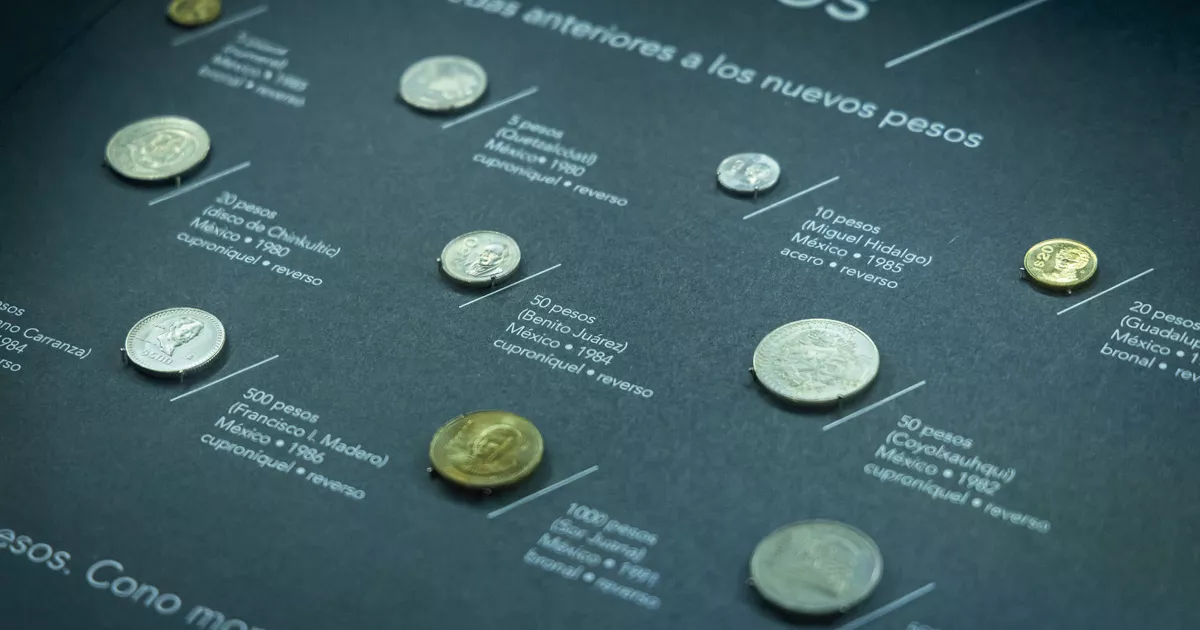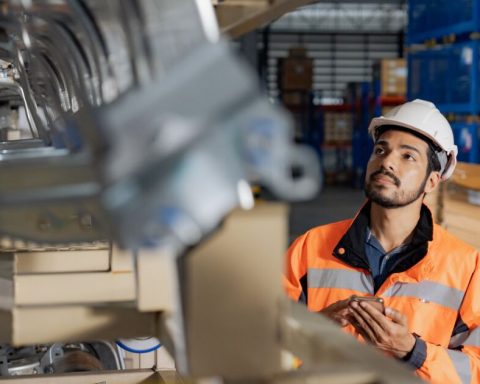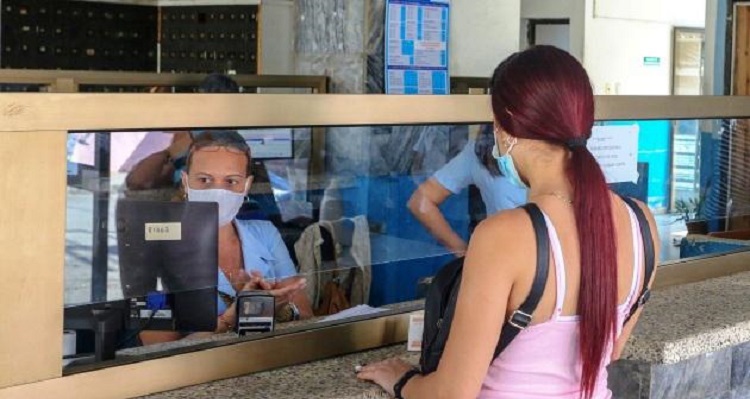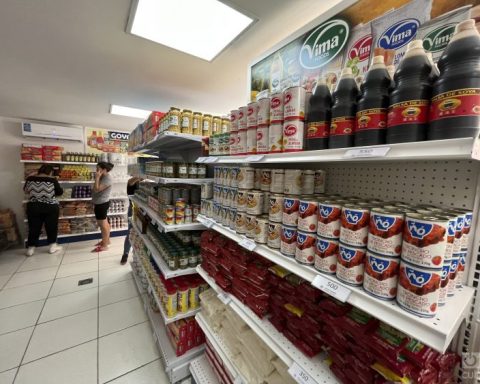However, it is not enough to have a collection with a large number of pieces for the coins to have a value greater than their circulation value. It also depends on the scarcity, that is to say that a piece is unique or that there are few available, or even that there is a minting error. In addition, its state of conservation is taken into account, the closer it is to its original state, the greater its value.
The popularity, that is to say, that there are several people interested in them (that is what is called that the piece has ‘angel’) and the material of realization also influences its value.
Before starting a collection, specialists suggest investigating the pieces: when, where, with what, how much and why it was made.
“The coin or bill that is not studied is like the book that is not read,” says Siddharta Sánchez, vice president of the National Numismatic Society (Sonumex).
The expert explains that Mexico has minted coins for other countries, including Panama, Saudi Arabia, Costa Rica, Syria, Venezuela or China.
“In 1949, the government of Popular China asked Mexico to re-issue a coin from 1898, asking for 4 million pieces that were made between Mexico and the United States. There was a time when there were more Mexican coins circulating in China than in Mexico,” he says.
It doesn’t always take a long time for a coin to reach great value, Sánchez points out. “In 1941, 20-peso bills began to appear with the Corregidora; At the bottom, instead of putting the date 1941, they put 1491.
No more than 20 pieces are known, it is a very rare ticket”, he points out. The same happened with the United States cent of 1943, when blanks were used -the smooth piece in which the obverse and reverse of the coins are engraved- made of tin and not copper. However, between 20 and 100 copper blanks remained.
“Those pennies are quoted between 100,000 dollars and a million dollars,” adds Sánchez, from Sonumex. In the 1990s, a 20-peso gold coin from the United States was auctioned.
It is not a rare coin, but it is prohibited. The release of two or three of these pieces was authorized, reaching a value of more than 7 million dollars. On the other hand, the Mexican coin that reached the highest price in its sale was one of 8 reales, made under the crown of Kings Carlos and Juana.
Three pieces are known to exist: the cheapest sold for around $200,000 and the most expensive for $500,000.
“People have the idea that to have a worthwhile collection you have to spend or invest a lot. Many times it is a matter of going to the tianguis or at home looking for a piece, but that you already have a direction ”, advises Marco Antonio Espinal Becerril, guide of the National Numismatic Museum (MNN).
(Diego Alvarez/Diego Alvarez)
And, as a curiosity, the recommendation is not to clean them. A piece subjected to a cleaning method can cause its value to drop by up to 80%.
“If a new one is worth 1,000, once cleaned it can be worth 200 pesos,” explains the vice president of Sonumex. Sánchez Murillo details examples of rarities during a tour for Expansión through the National Numismatic Museum. Like, in 2011, Mexico put into circulation a 100-peso coin commemorating the Little Horse.
In 2013, a contest was held to define which was the most beautiful commemorative coin in the world, and Mexico participated with that denomination. By policy of the Bank of Mexico (Banxico), the minimum number of pieces of a coin that can be minted is 100 units.
In this case, only two were used for the contest. The remaining 98 went on sale. The numismatists, after investigating, discovered that there were very few units, which increased their value. “This coin is worth even more than a centenary,” says Sánchez
The case of centenarians is particular, since their value is determined by the price of gold; however, the former have a historical, metallic and nominal value, explains Edgardo Garrido, art curator.
“The specialist in centennials realizes that there are some years that are more difficult to obtain than others, in 1921, when the coin was issued, and 1931, the last year it was minted for circulation. Those years begin to have a plus on the value of gold”, adds Siddharta Sánchez Murillo.
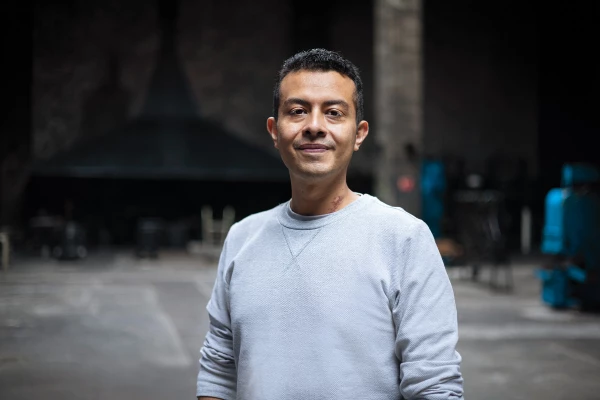
(Diego Alvarez/Diego Alvarez)
